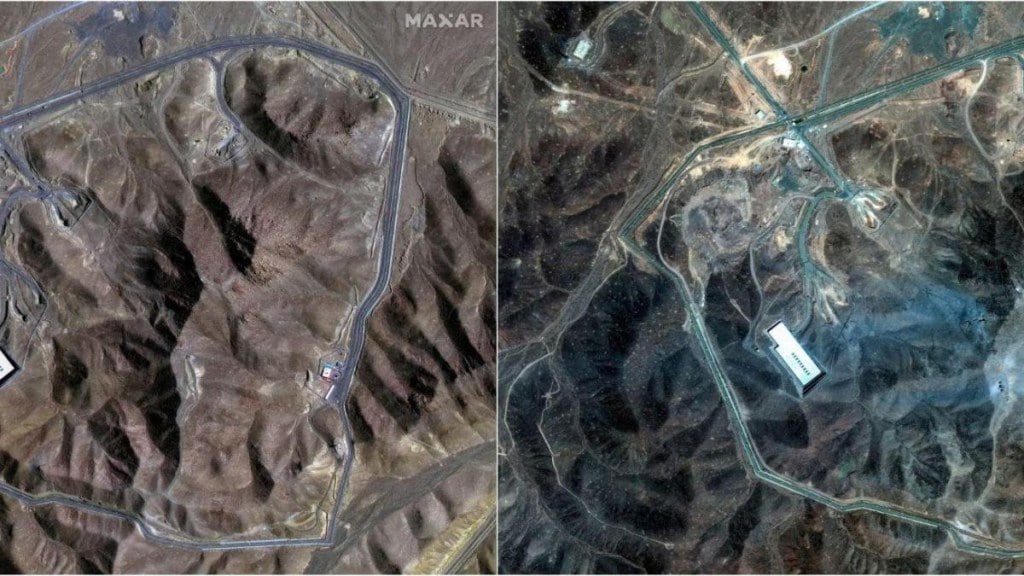The United States launched a surprise strike at three Iranian nuclear sites last month — with President Donald Trump claiming repeatedly that facilities at Fordow, Natanz, and Isfahan had been “obliterated”. Iranian Foreign Minister Abbas Araghchi had subsequently told a state broadcaster that recent US and Israeli bombings had caused “excessive and serious” damage to nuclear sites in the country. Satellite images have also corroborated some of the claims while others insist that the evidence remains “inconclusive”.
According to a Washington Post report, intercepted Iranian communications now suggest that US bunker buster bombs had caused “minimal damage” to the nuclear sites. Similar assessments have already been put forward the UN nuclear watchdog chief and a preliminary intelligence report from the Pentagon. The Trump administration has vehemently contested these claims and dismissed it as ‘fake news’.
“It’s shameful that The Washington Post is helping people commit felonies by publishing out-of-context leaks. The notion that unnamed Iranian officials know what happened under hundreds of feet of rubble is nonsense. Their nuclear weapons program is over,” White House press secretary Karoline Leavitt reiterated.
The International Atomic Energy Agency however stated on Monday that it remains unclear what level of damage was inflicted on the Fordow plant which houses much of Iran’s highly enriched uranium. IAEA chief Rafael Grossi had predicted earlier on Sunday that Tehran could resume uranium enrichment within months — even as Trump claimed the US strikes had set Iran’s nuclear ambitions back “by decades.”
According to an IAEA report last month, Iran holds over 400 kilograms of uranium enriched to 60 per cent purity–just short of weapons-grade–enough, if further enriched, to produce nine nuclear bombs.

